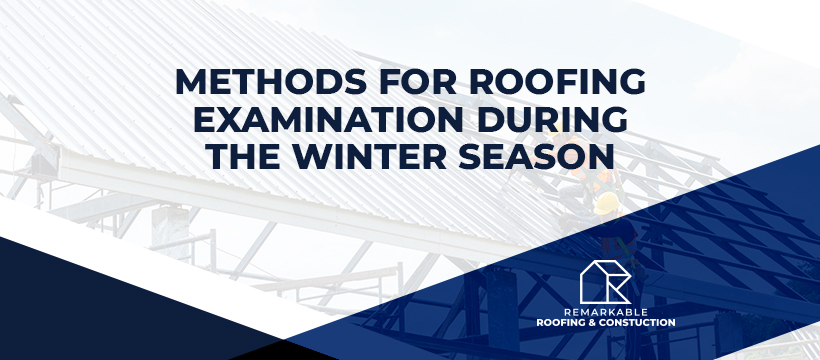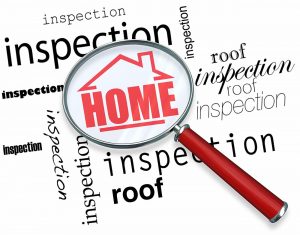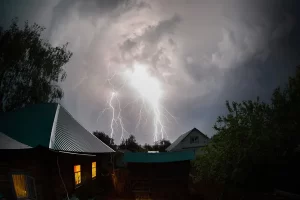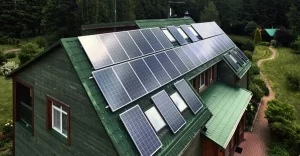In the winter season, homeowners should pay particular attention to their roofs and issues brought on by wintry weather. Snow, sleet, ice, and rainfall will test the fortitude of a roof’s construction, components, and installment. A roof top may go through ice dams, icicles, avalanches, and in many cases, collapse within the effects of your time of year. It is, therefore, from the interest of your property owner to pay particular attention.
The colder wintertime will primarily check the insulation and ventilation of a house. Correct insulation and ventilation of an attic room can keep heating on the inside of a residence and help homeowners save on home heating fees. The best blend of heat retaining material and ventilation will also protect against ice dams from developing on the roof top.
An ice dam can be a layer of ice that builds up at the edge of a roof top when heat from an attic room might cause snow on the roof top to melt. The melted snow may then achieve the cold overhang at the eave and re-freeze, triggering an ice dam. Huge, prevalent icicles can be one indication that the ice dam has formed. The critical issue with ice dams is that water from melting snowfall can back up behind the dam and find its way under shingles, then drip to your house.
Another issue that homeowners may suffer under specific climatic conditions is roof top avalanches. On some steep slopes, snow-packed over a roof top can release off all at one time. The extra weight and sudden slough of snow during roof top avalanches are often very harmful to areas directly underneath the eaves. Home and building owners may cordon off this place to avoid accessibility. Other complexes in higher snowfall locations will also put in crossbars to keep the snow load on the roof top.
From the exceptional occasion that winter season storms load a roof top with the extensive range of snowfall and ice, roof top breakdown may become an issue. To measure once the weight over a roof top is within the danger zone, stick to the Institute for Business and Home Safety suggestions. When a roof top demands snow removal, contact a roofing professional using a roof top rake is advised. Roofing rakes are specially designed equipment for risk-free snow removal. When applied effectively from the ground, the rake will not likely put at risk the remover or damage to the roof. Improper use of the roof top rake might cause untimely granule loss to the shingles and generate damage that may lead to leaks.
Need a roof specialist? Contact us for more information and avail our services now!







